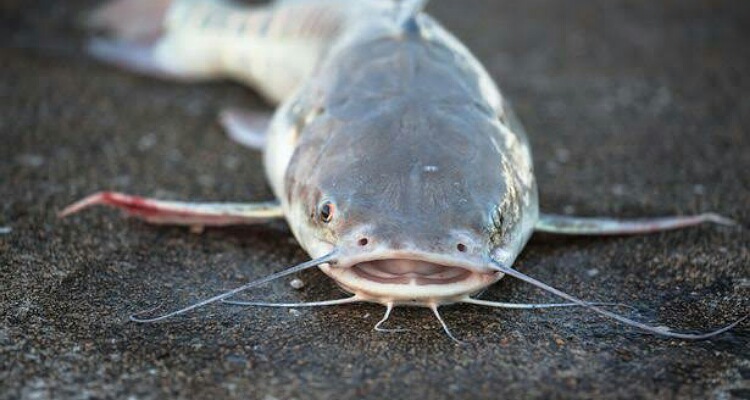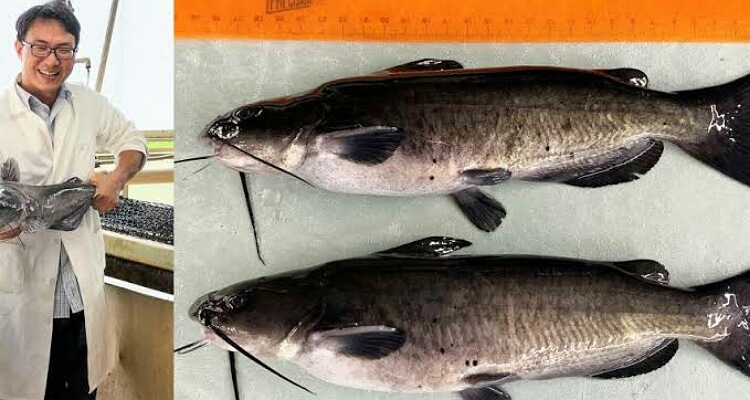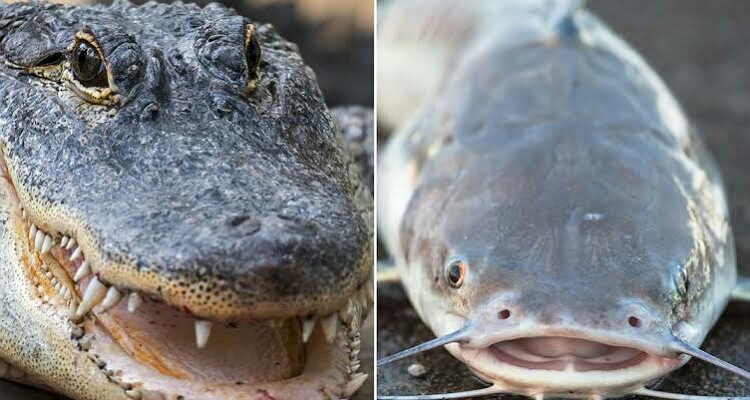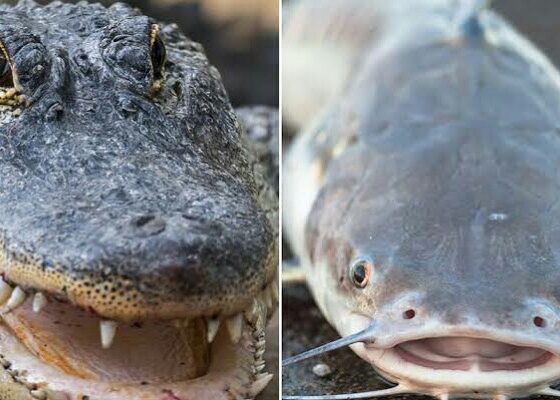Genetically modified foods are on the rise in the markets despite concerns of their long term safely. Genetically modified catfish is the new addition to the growing list. Geneticists have created this fish using alligator DNA. It would be part of our diet in the future.
Genetically modified catfish
There are a lot of foods in the market for sale that are genetically modified for various reasons. Most common reason is resistance to decay or disease and to improve shelf life. Some are modified to improve yield or taste and make them resistant to insect attacks. Whatever be the reason, there are many critics of this technique. The antagonists are worried about the long term repercussions that these foods might have on the health of the consumer. There have been movements against this technique. But the industry and government continue to sell it without much long term studies on them.

And now, a research team from the Auburn University have managed to create a genetically modified catfish. This catfish carries the cathelicidin gene of an alligator. This will provide them with resistance to diseases. They have published this paper in the January issue of biorxiv which is an online resource that is not peer reviewed yet.
The technology details
Cathelicidin gene helps regulate production of cathelicidin. This is an antimicrobial peptide present in the intestines. It helps to fight pathogens. Thus, it helps clear infections in the wounds of alligators. These wounds come when they involve themselves in an aggressive combat with each other.
This gene taken from an alligator was inserted into a catfish using the CRISPR technology. And it helped to enhance disease resistance in this genetically modified catfish compared to that in the wild catfish. And the survival rate of the new catfish was 2 and five times more than that of the wild one.

The research team added the new gene to that for a reproductive hormone. Due to this, the capacity of the catfish to reproduce was lesser. But this was the aim of the researchers since they did not want any sort of contamination of this new hybrid catfish with the wild catfish.
The CRISPR technology has been used in mammals before and never in fish. Hence the researchers are still uncertain about the likely outcome of this study at the practical level.
Conclusion
Due to the disease resistance conferred by this gene insertion technology, the commercial production would markedly improve. This could happen if this technology finds the approval of the regulatory board. Rex Dunham works for the genetic improvement of catfish at Auburn University in Alabama. He said:
“On a per-pound basis, anywhere from 60 to 70% of US aquaculture is … catfish production,”

But from the time of hatching to the harvesting, 40% of these catfish die due to various infections. Gene editing helped these hybrid genes to survive better when researchers put two different types of bacteria in the water tanks. Greg Lutz from the Louisiana State University opined:
“When I first [heard about the study], I thought: what on earth? Who would have thought to do this? And why would they?”
Read here: Tilapia fish: nutritive value, controversy, and advantages!
But Greg feels that this tool holds promise and can reduce waste of fish farms. However, talking of the gene editing technology, he says:
“It’s just too difficult to produce enough of these fish to get a viable, genetically healthy line going,”
But it is still a long way for the hybrid catfish to make it to the dinner plate.
